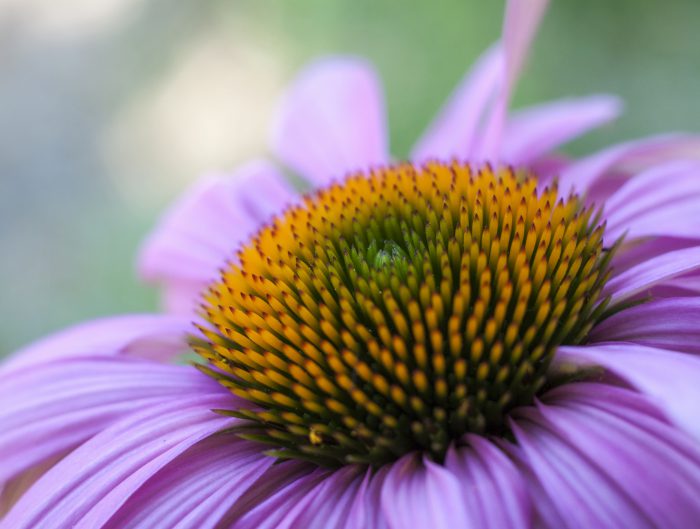You may or may not have heard of tulsi. It is the ancient Indian herb that has been used for various medicinal and religious purposes throughout history. In this post I will discuss the spiritual or religious importance of this plant, the multiple benefits it offers, 5 ways to use it in your home, and places where you can get it.
Holiness of Holy Basil
In Hinduism, tulsi or holy basil is regarded as the most sacred plant because it is believed that it is an earthly representation of the goddess Tulsi, who was a great worshipper of the god Vishnu. In Sanskrit, Tulsi means matchless. Many Hindus cultivate tulsi in the center of their courtyard in special planters. It is believed that those who water and take care of the plant gain moksha, or salvation. Usually this is a woman’s responsibility as tulsi is regarded as a women’s deity and as a symbol of ideal wifehood and motherhood. While it’s the woman who tends to the plant, only a man can cut the plant’s leaves and only in the daylight. A prayer of forgiveness may also be offered to goddess Tulsi before the act. (Wikipedia)
Watch this short and beautiful video of Tulsi Puja to see an example of how prayers are offered.
Benefits of Tulsi
Tulsi has been used in Ayurveda, the traditional Hindu medicine system combining herbal treatment, diet, and yogic breathing techniques. The essential oils of tulsi are extracted and used to treat a number of ailments.
Because tulsi is rich in antioxidants, it can help alleviate stress and conditions such as diabetes and high blood pressure. Tulsi has linoleic acid which is beneficial for skin. The tulsi paste and powder are used in cosmetics for cleansing and detoxifying and help with acne. In addition, the leaves of tulsi have fixed oils which are used to help with respiratory problems such as asthma, allergies, and infections.
Tulsi helps in relieving the cold, sore throat, flu, fever, and headache.
Tulsi is also great for dental health and for healthy gums.
The list of benefits goes on. Seeing that tulsi is a super plant with many powers, it is no wonder that Hindus use it daily. Read on to learn some of the ways you can use tulsi to improve your well-being, as well as where to find it.

© lifetime styles | Flickr
5 Ways To Use Tulsi At Home
- Tea. Prepare tea using this simple recipe of tulsi leaves and lemon. You can get creative and add a clove, honey or ginger, or just keep it simple with tulsi and water only. Drink daily.
- Dental care. Use tulsi tea
to rinse your teeth 3 times a day or tulsi paste to clean the teeth and gums.
- Skin care. Use tulsi soap
or face and body scrub
for a healthier skin.
- Hair care. Use tulsi shampoo
for healthy hair growth.
- Aromatherapy. Use the essential oil
of tulsi to rid of bad smells and to purify mind, body, and spirit.
Now that you know how to use tulsi, let’s look at where you can find it and enjoy its benefits.
Where To Find Tulsi
Indian supermarkets will definitely carry tulsi leaves or tulsi tea. Visit a local store to get your stash for the cold months ahead. Specialty tea stores will also carry tulsi. Health food stores and gourmet supermarkets will have samples of tulsi tea as well. Because tulsi is a specialty item, it is most easily be found on the Internet. If you are looking for a larger quantity, check out Davidson’s Tea which is a 16-ounce or 1lb bag of pure tulsi leaves for only $17! Considering you only need to use 1 teaspon for 1 cup of tea, this bag will last you for 90 cups!
Personally I love tulsi tea. It has a very calming affect and I can see why it is regarded as a stress reliever. Stick to drinking tulsi for a month and you will notice the amazing benefits mentioned in this post.
How To Grow Your Own Tulsi
If you are interested in growing your own tulsi plant, you can buy the seeds and watch the sacred plant grow in your own home or garden! Gardenality has an article on how to grow and care for the tulsi plant which I found helpful.
Spread some holiness this holiday season and consider gifting tulsi tea and other tulsi products to your loved ones! They will love you for the thoughtful gift.






Leave A Reply